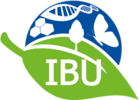Contact
Address
Office
Transferring stream type specific fauna
December 2014 - December 2018
Financed by: Landesamt für Natur, Umwelt und Verbraucherschutz des Landes Nordrhein-Westfalen NRW (LANUV)
Description
My dissertation focusses on a relocation approach of type specific macroinvertebrates into a sand-bottom lowland stream (type 14). The main objectives of my project are:
a) to develop, test and evaluate a gentle method for successful MZB relocation,
b) to relocate macroinvertebrate communities from one donor stream with an enriched
macrozoobenthos (MZB) occurrence into a recipient water which has been restored but still displays a depleted MZB fauna.
Abstract
A reduction of macroinvertebrate species and communities has occurred in the last decades particularly due to expanding degradation of streams and rivers. The resulting deficits of freshwater ecosystem functioning is aimed to compensate using restoration measures induced by the European Water Framework Directive (EU-WFD). Here habitat improvements should lead to a good ecological status.
However, improvements in hydromorphology do not necessarily lead to an increase in type-specific fauna, caused by several recolonization limitations, such as habitat fragmentation by dams or motorways. These impacts might limit or prevent the natural colonization processes, i.e. drift, upstream movement or oviposition. Therefore, fragmented streams often lack typical faunal elements due to minor distribution rates of several species. At stream sections, where the expected recolonization success after years has not occurred, artificial colonization of stream-type specific macroinvertebrate fauna could be a solution.
In this study, we aim to develop a method for a relocation of benthic macroinvertebrate communities, including type-specific species. Macroinvertebrates from a donor stream will be relocated in a recipient stream, which is colonized by a depleted macroinvertebrate community. For a successful relocation, we want to develop a gentle removal and transport routine of the macroinvertebrate species, in order to keep the stress level of the organisms low.
This method will be developed, executed and evaluated, the substrate preferences of the macroinvertebrate fauna will hereby be used by providing natural substrate exposures (NSE). Further analysis and controls are part of the pilot project and will show if the resettlement approach of macroinvertebrates is successful.
Pictures and films

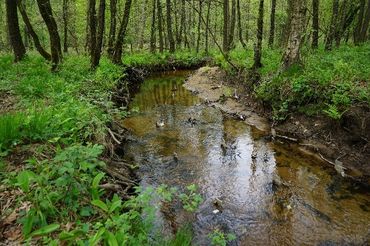
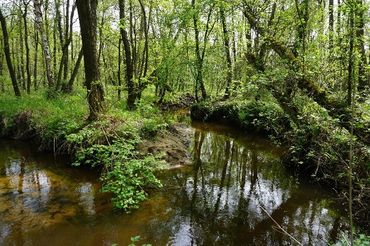
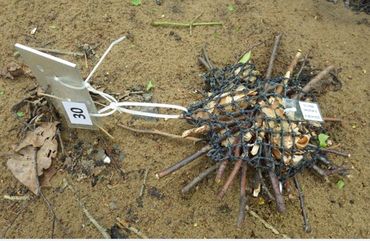
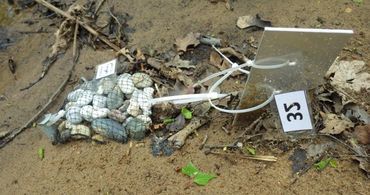
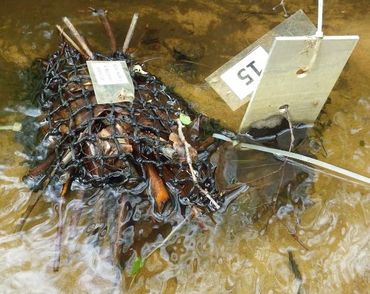
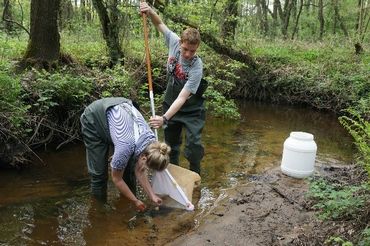
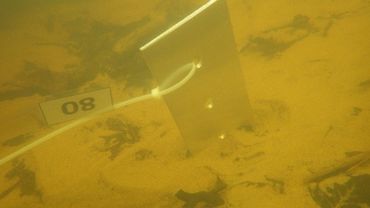
Pictures: T. Korte EGLV

